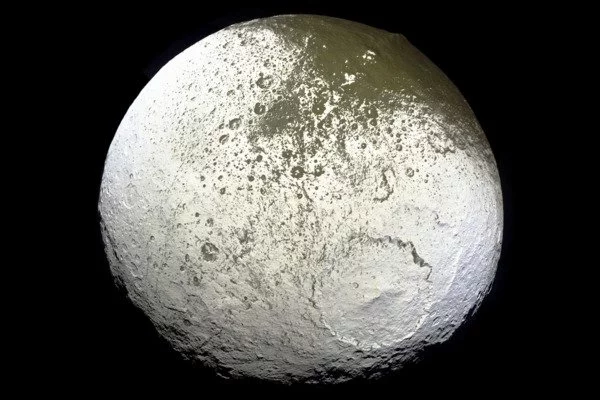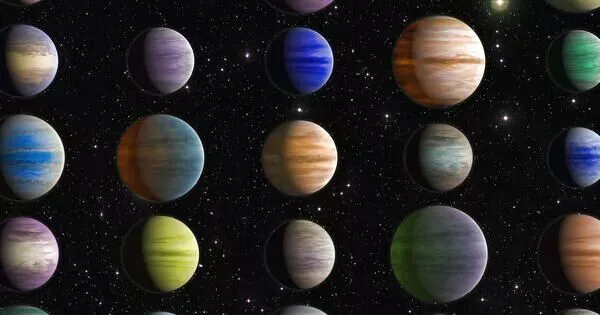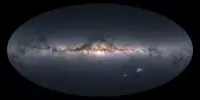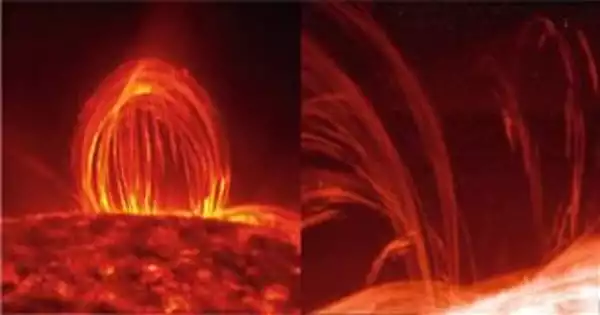The culmination of a seven-year journey will take place on Sunday, when a NASA capsule will land in the Utah desert, transporting the largest asteroid samples ever collected to Earth.
Scientists have high hopes for the sample, saying it would help them understand how our solar system formed and how Earth became livable.
The Osiris-Rex probe’s final, scorching descent through Earth’s atmosphere will be risky, but the US space agency is aiming for a soft landing on a military test range in northwestern Utah around 9:00 a.m. local (15:00 GMT).
The spacecraft arrived on the asteroid Bennu four years after its launch in 2016 and collected almost nine ounces (250 grams) of dust from its rocky surface.
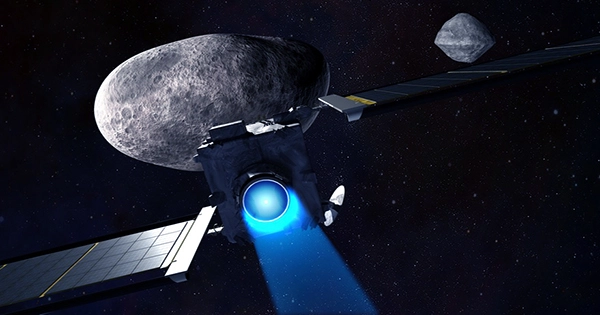
Even this modest amount, according to NASA, would “help us better understand the types of asteroids that could threaten Earth” and shed information “on the earliest history of our solar system,” according to NASA Administrator Bill Nelson.
“This sample return is really historic,” NASA scientist Amy Simon told AFP. “This is going to be the biggest sample we’ve brought back since the Apollo moon rocks” were returned to Earth.
The capsule’s return, though, will necessitate “a dangerous maneuver,” she admitted.
Osiris-Rex will drop the capsule from an altitude of almost 67,000 miles (108,000 kilometers) four hours before it lands.
The capsule will hurtle downward at a speed of more than 27,000 miles per hour, with temperatures reaching 5,000 degrees Fahrenheit (2,760 degrees Celsius) in the final 13 minutes.
Two subsequent parachutes will decelerate its rapid drop, which will be monitored by army sensors. If they do not deploy correctly, a “hard landing” will occur.
If it appears like the target zone (37 by 9 miles) will be missed, NASA controllers may decide not to release the capsule at the last minute.
The probe would then maintain its cargo and continue its orbit around the sun. Scientists would have to wait until 2025 to attempt another landing. If it is successful, Osiris-Rex will collide with another asteroid.
Japanese samples: When the tire-sized capsule lands in Utah, a team wearing protective masks and gloves will place it in a net and transfer it by helicopter to a temporary “clean room” nearby.
NASA wants this done as soon and as thoroughly as possible to avoid contamination of the sample with desert sands, which could bias test results.
If all goes well, the sample will be flown to NASA’s Johnson Space Center in Houston, Texas, on Monday. The box will be opened in another “clean room” there, marking the start of a several-day process.
NASA intends to present its initial findings during a news conference on October 11.
The majority of the sample will be saved for future generations to study. One-fourth of it will be used immediately in studies, and a minor portion will be transferred to Japan and Canada, the mission’s partners.
Japan had already provided NASA with a few grains from the asteroid Ryugu in exchange for transporting 0.2 ounces of dust to Earth during the Hayabusa-2 mission in 2020. It had returned a minuscule amount from another asteroid ten years previously.
However, the sample from Bennu is far larger, allowing for significantly more testing, according to Simon.
The Origins of the Earth: Asteroids are made of the solar system’s original ingredients, which date back about 4.5 billion years and have stayed largely intact.
They “can give us clues about how the solar system formed and evolved,” according to Melissa Morris, Osiris-Rex program executive.
“It’s our very own origin story.”
“We do believe asteroids and comets delivered organic material, potentially water, that helped life flourish here on Earth,” Simon explained.
Scientists believe Bennu, which has a diameter of 1,640 feet, is rich in carbon – a building element of life on Earth – and contains water molecules trapped in rocks.
Bennu stunned scientists in 2020 when the probe dug into the soil during its brief contact with the asteroid’s surface, exposing a surprisingly low density, similar to a children’s pool filled with plastic balls.
Understanding its makeup may be useful in the foreseeable future.
Because there is a modest but non-zero risk (one in 2,700) that Bennu will collide with Earth catastrophically in 2182.
However, NASA succeeded in altering the trajectory of an asteroid last year by smashing a probe into it in a test, and it may need to repeat that exercise in the future – but with far bigger stakes.

